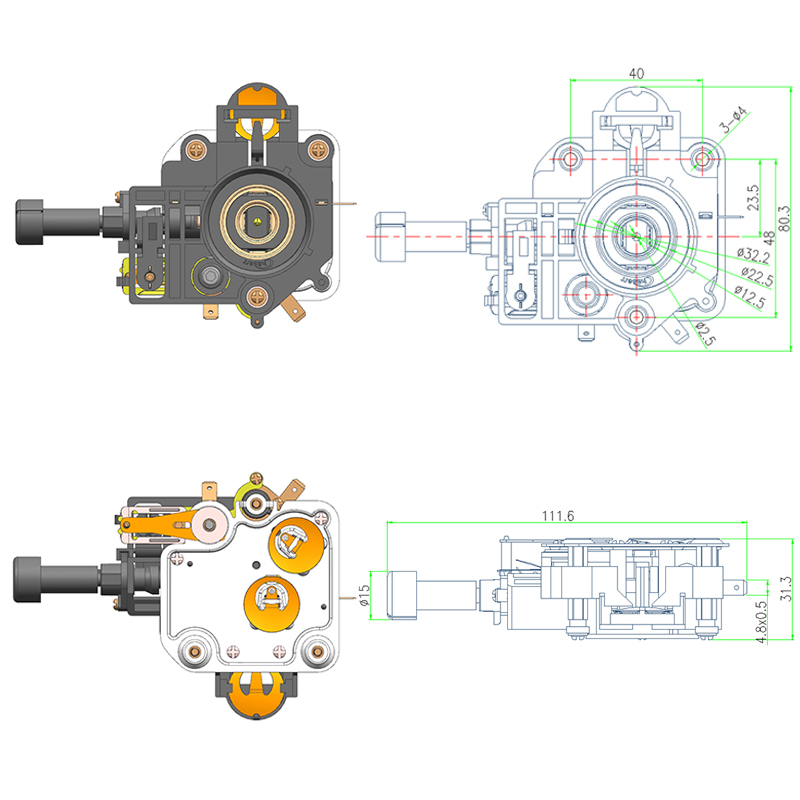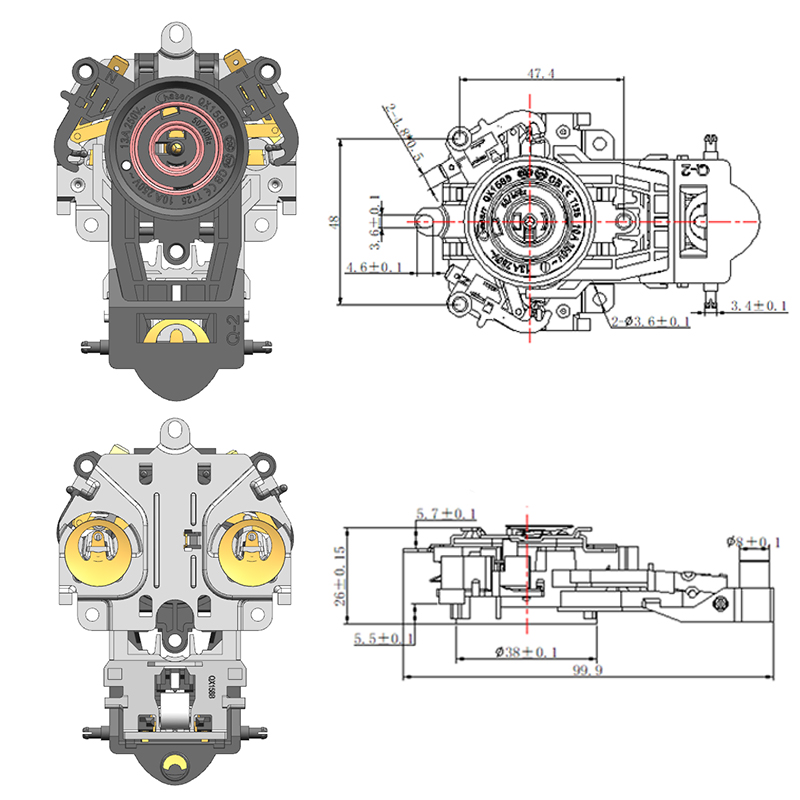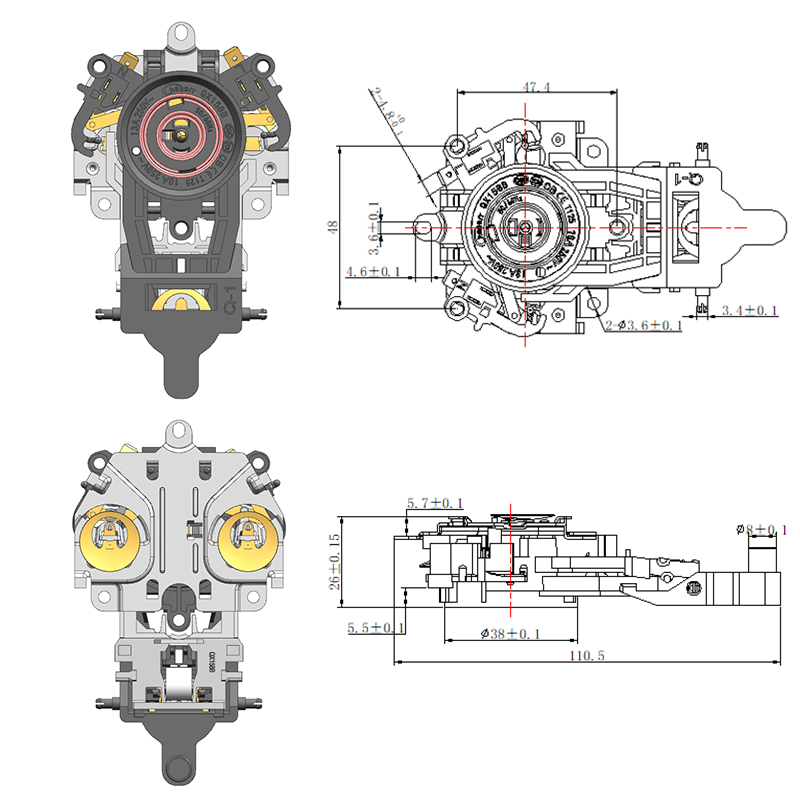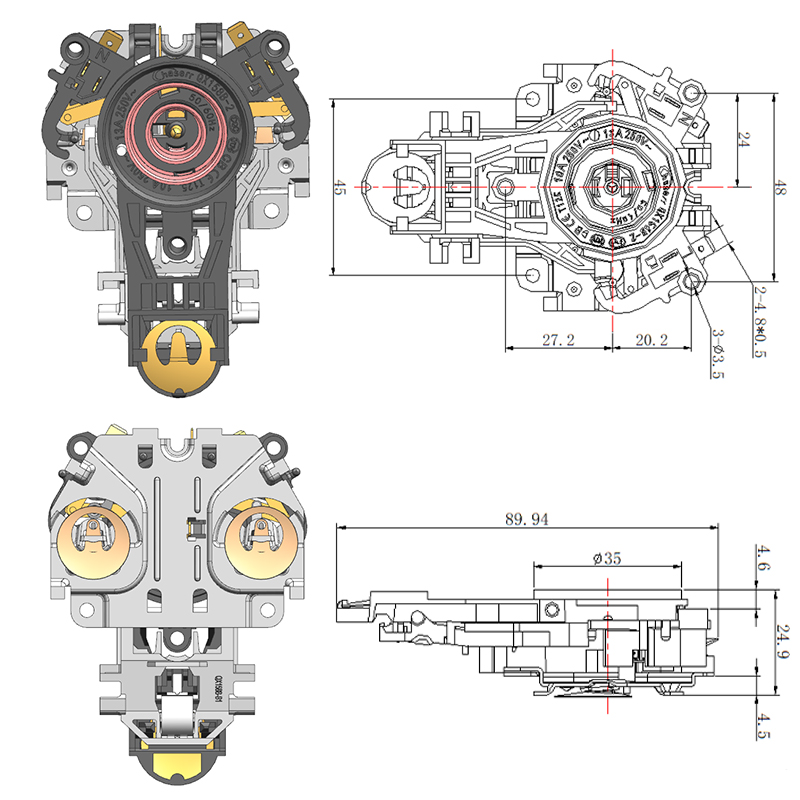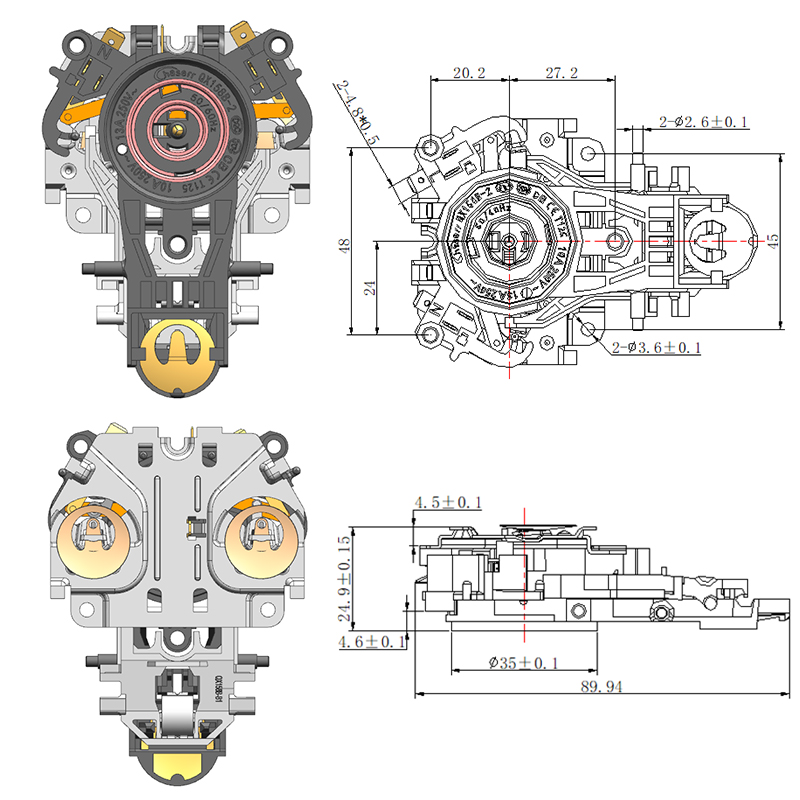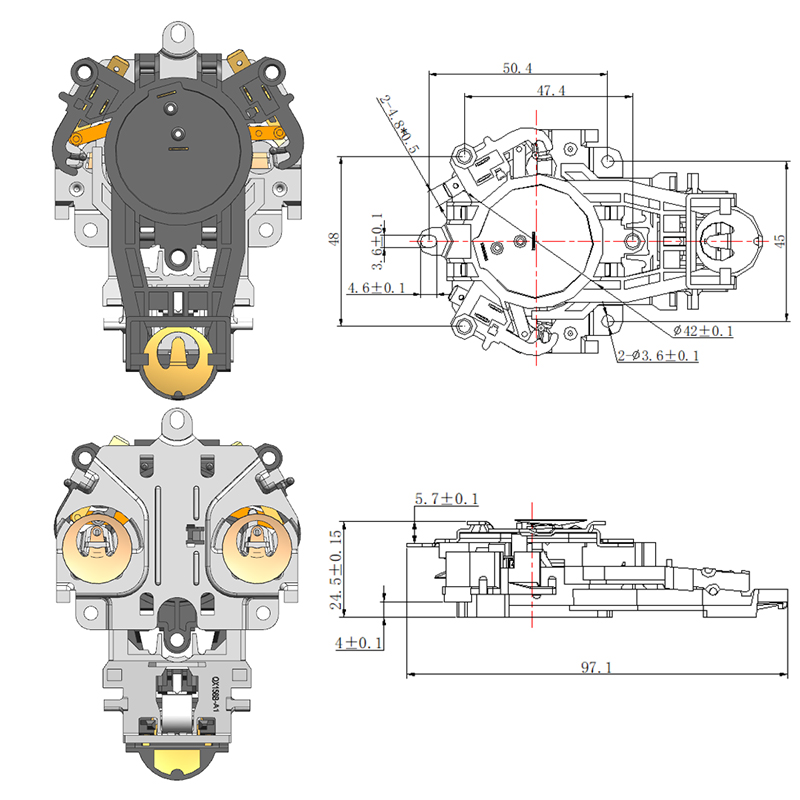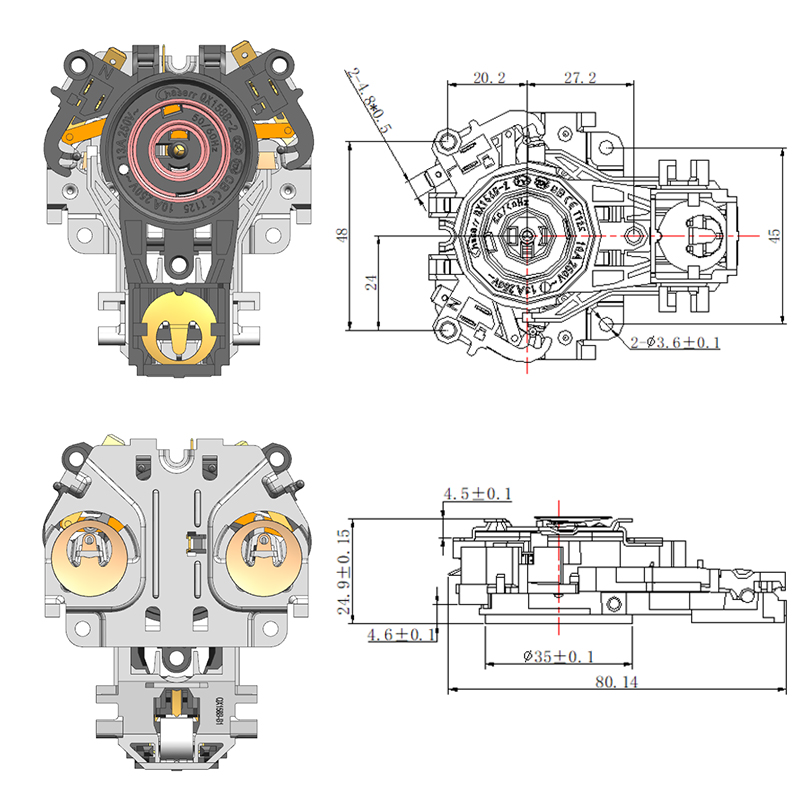How an Electric Water Kettle With Thermostat Provides Precise Temperature Control for Daily Use
Introduction to Temperature Control in Electric Kettles
In modern kitchens, the Electric Water Kettle With Thermostat has become a popular appliance for boiling water quickly and efficiently. Unlike basic kettles that simply switch off when water reaches a boiling point, these kettles provide precise temperature control, making them ideal for a variety of daily uses beyond just boiling. Whether preparing green tea, coffee, or baby formula, controlling the exact water temperature enhances taste and safety. Similarly, in industrial settings, the Industrial Kettle Thermostat plays a critical role in maintaining precise temperatures for large-scale operations, ensuring consistent quality and efficiency.
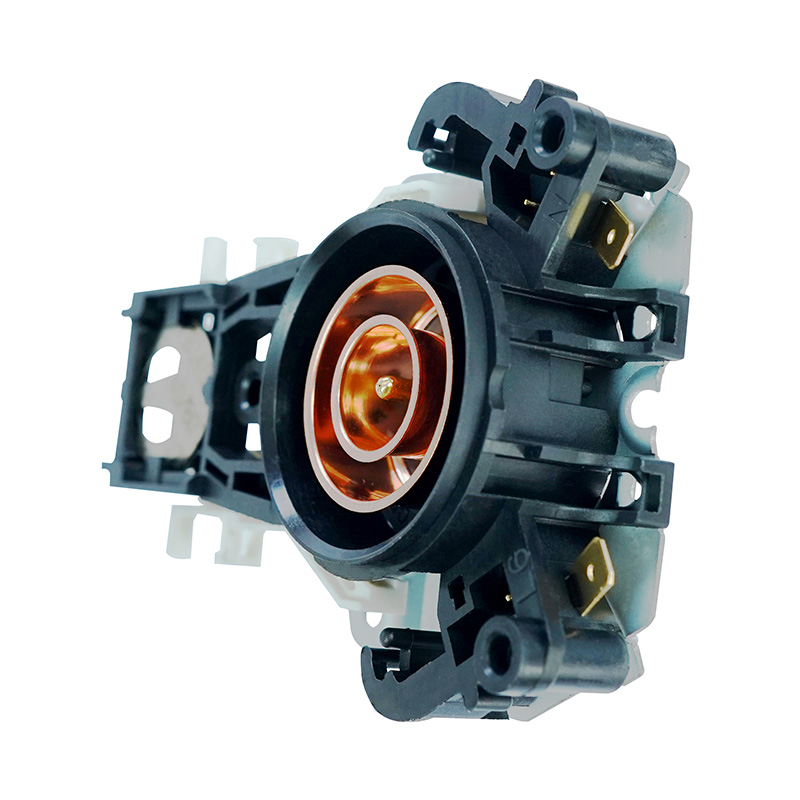
How Thermostats Work in Electric Water Kettles
The core function of a thermostat in an electric kettle is to monitor the water temperature and regulate the heating element accordingly. The Electric Water Kettle With Thermostat contains sensors that detect the temperature of the water inside the kettle. When the water reaches the preset temperature, the thermostat automatically cuts off power to the heating element to prevent overheating or boiling beyond the desired level. This automatic regulation allows users to select different temperature settings depending on their needs, providing more flexibility and energy savings.
Benefits of Precise Temperature Control for Daily Use
Precise temperature control in kettles is beneficial for a wide range of applications. The Electric Water Kettle With Thermostat caters to these varied needs, enabling users to enjoy their beverages with ideal taste and health considerations. This feature also helps conserve energy by preventing unnecessary boiling.
The Role of Industrial Kettle Thermostats in Larger Applications
In industrial environments, kettles are used for cooking, sterilization, or manufacturing processes that demand stringent temperature controls. The Industrial Kettle Thermostat is designed to withstand harsher conditions and provide accurate, reliable temperature regulation over prolonged periods. These thermostats often have advanced sensors and control systems that allow operators to set precise temperature thresholds and maintain consistent heat, ensuring product quality and safety in commercial production. The rugged design and higher power ratings differentiate them from consumer-grade thermostats.
Energy Efficiency and Safety Considerations
Using an Electric Water Kettle With a Thermostat not only improves convenience but also enhances safety. Automatic shutoff prevents dry boiling, which can damage the kettle and pose fire hazards. The precise control reduces energy consumption by heating only to the required temperature, avoiding wastage. Similarly, Industrial Kettle Thermostat systems incorporate safety features such as thermal cutoffs and alarms to prevent overheating in demanding industrial processes. These safety and efficiency measures contribute to longer appliance lifespans and lower operational costs.
Conclusion: Enhancing Daily Use Through Thermostat Technology
The Electric Water Kettle With Thermostat represents a significant advancement in household appliance technology, offering precise temperature control that meets diverse user needs. Whether for brewing a cup of tea or preparing safe baby formula, the ability to regulate temperature accurately improves both quality and safety. On the industrial side, the Industrial Kettle Thermostat ensures that large-scale applications maintain consistent temperatures critical to operational success. Together, these thermostats underscore the importance of temperature control technology in delivering better performance, safety, and energy efficiency for daily and industrial use alike.

 English
English  中文简体
中文简体  Español
Español 
